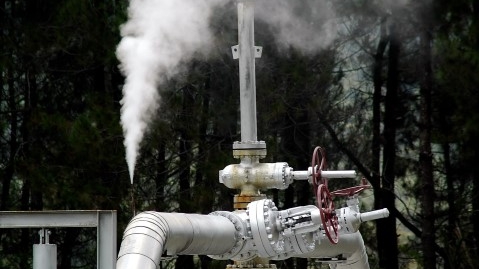
Will Hong Kong's new power plant emission caps choke power producers?
Tighter limit is deemed 'challenging'.
It was reported earlier that Hong Kong unveiled a proposed plan to set new power plant emission caps as electricity generation remains to be one of the country's major air pollutants. According to the Environmental Protection Department, generation accounts for 47% of the SO2, 28% of the NOX and 16% of the RSP (respirable suspended particulates) emissions. The plan, which would be effective come 2020, would drag the emission caps lower for SO2, NOX, and RSP by up to 17%.
Hong Kong has amended its air pollution policy in 2008 to allow power plants to use emissions trading as an alternative means for achieving the emission caps for 2010 and beyond. Since then it has been issuing memoranda to stipulate emission caps for power plants. The fourth technical memoranda (TM) issued in December 2014 further tightened the power sector's emission caps for SO2, NOX, and RSP from 2019 onwards 63%, 40% and 44% respectively versus caps stipulated under the memoranda for 2010.
Hong Kong's big power producers are foreseen to make deeper emission cuts from four of their power plants. HEC's coal-fired Lamma power plant will need to adjust its emissions lower by up to 28% while power plants under CLP's wing will have to cut emissions by up to 12% in total.
The question now is how will CLP and Hong Kong Electric cope with the tighter caps? What will they do to make keep their compliance to the policy? Asian Power spoke to the two power firms and here's what their spokespersons have to say:
CLP Power Hong Kong: CLP is supportive to the Government’s environmental policy and committed to improving air quality in Hong Kong. Over the years, we have explored and introduced different means to improve our emission performance by (i) installing emissions reduction facilities; (ii) enhancing the operational performance of our generation plants; and (iii) using cleaner fuel.
In order to meet the new emission targets under the proposed Fifth TM, CLP needs to import an additional 10% of nuclear energy on top of our existing long-term supply contract of 70% of the annual output of Daya Bay Nuclear Power Station. The importation of additional nuclear power would also help Hong Kong to achieve the target level of nuclear power in the proposed fuel mix in 2020 by the Government.
Hongkong Electric Company: The new emission caps are very challenging. To meet these caps, HK Electric needs to increase its gas generation and ensure a high reliability of the emission control facilities for the coal generating plants


















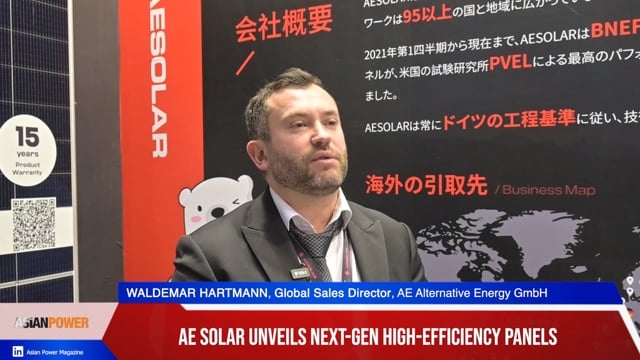
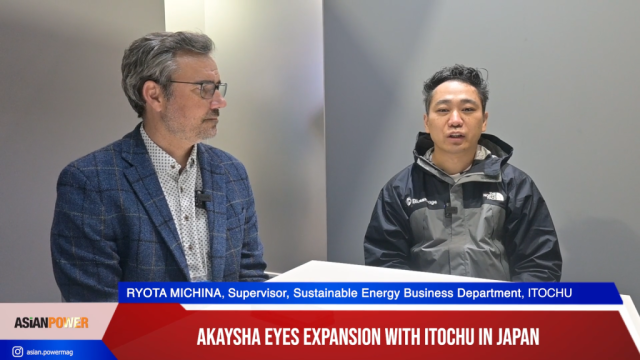
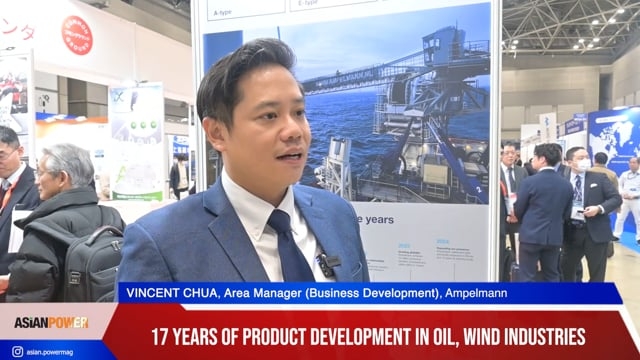
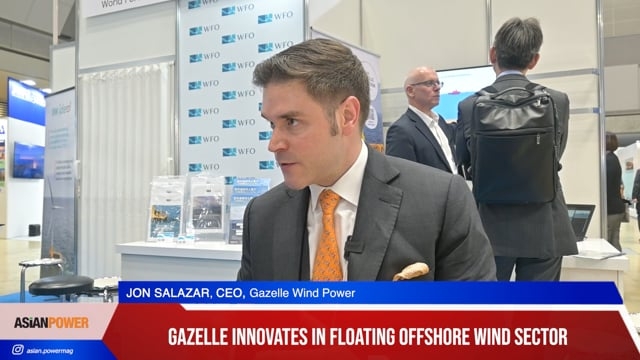

 Advertise
Advertise








